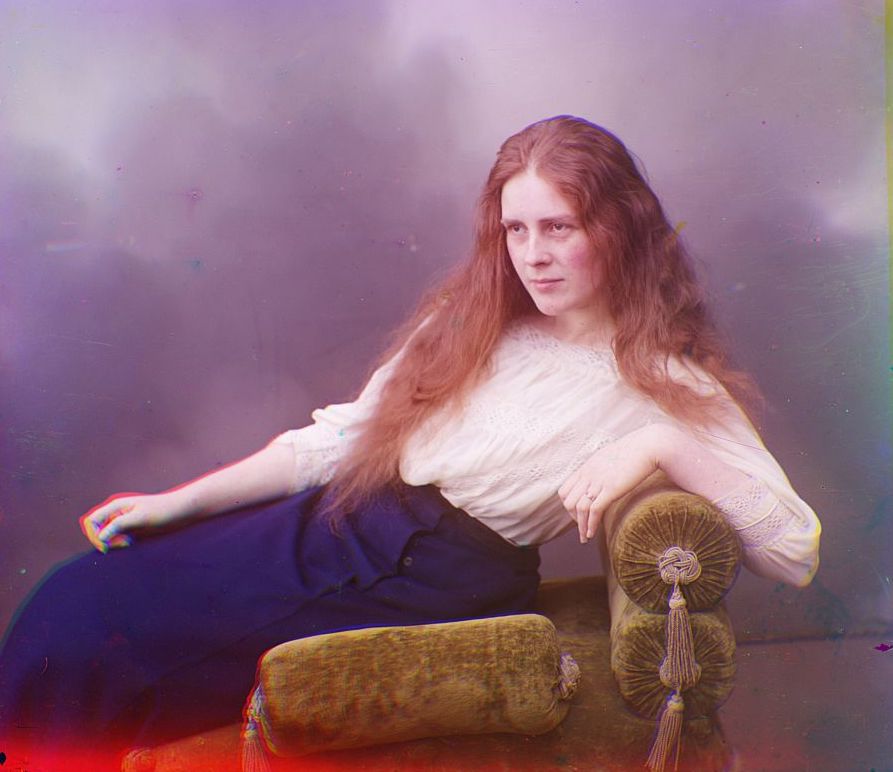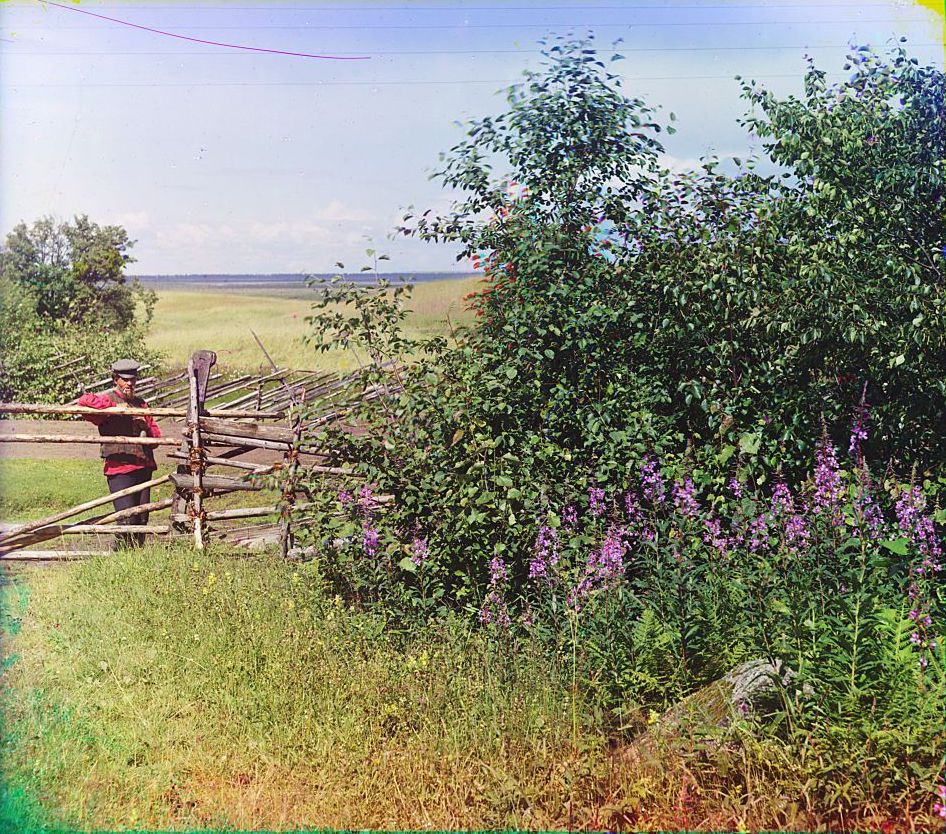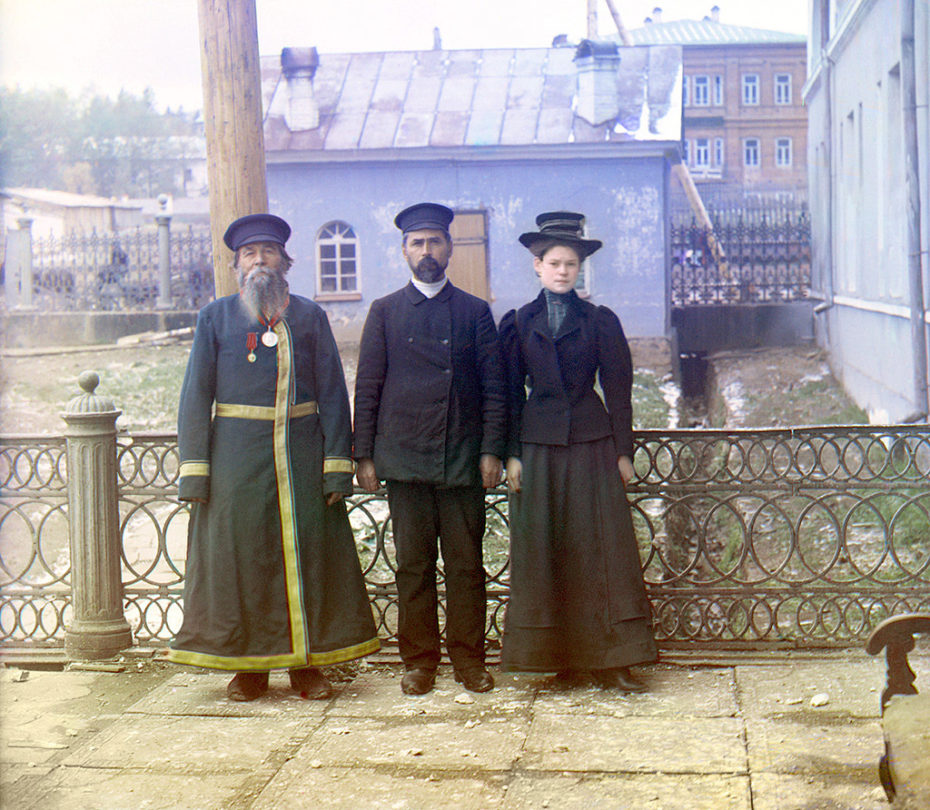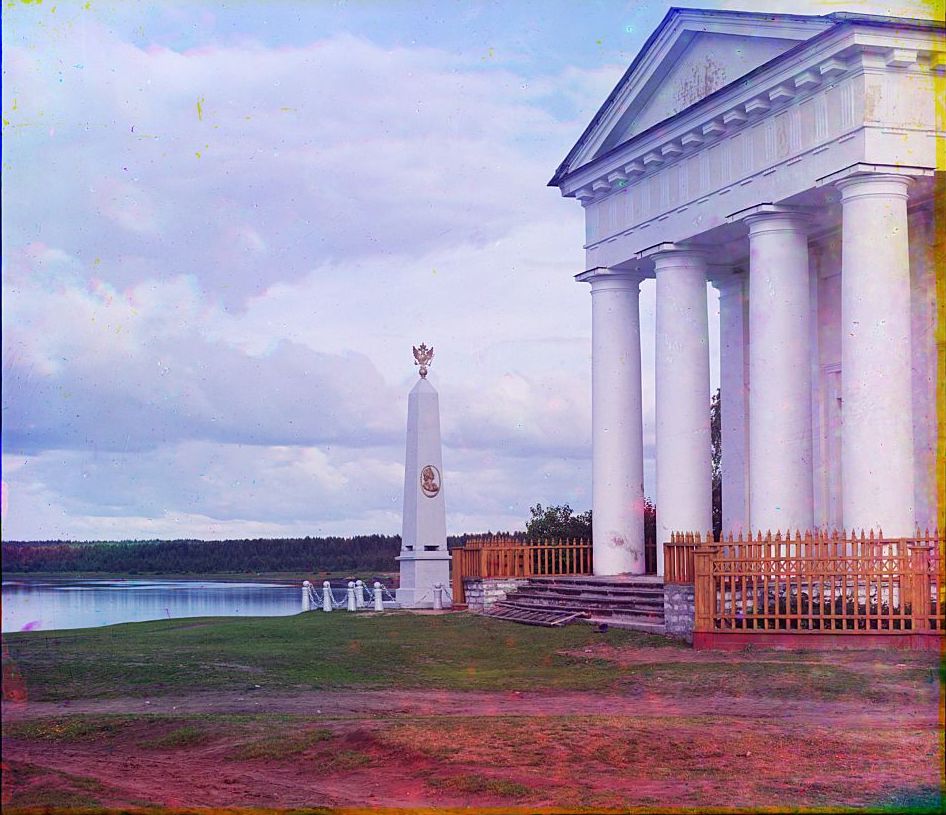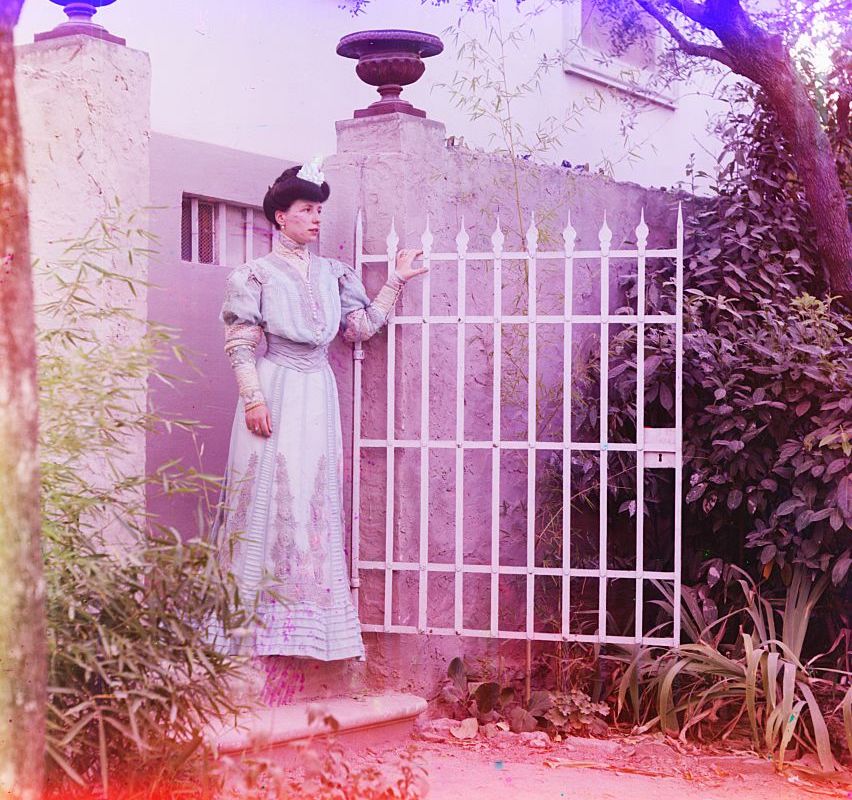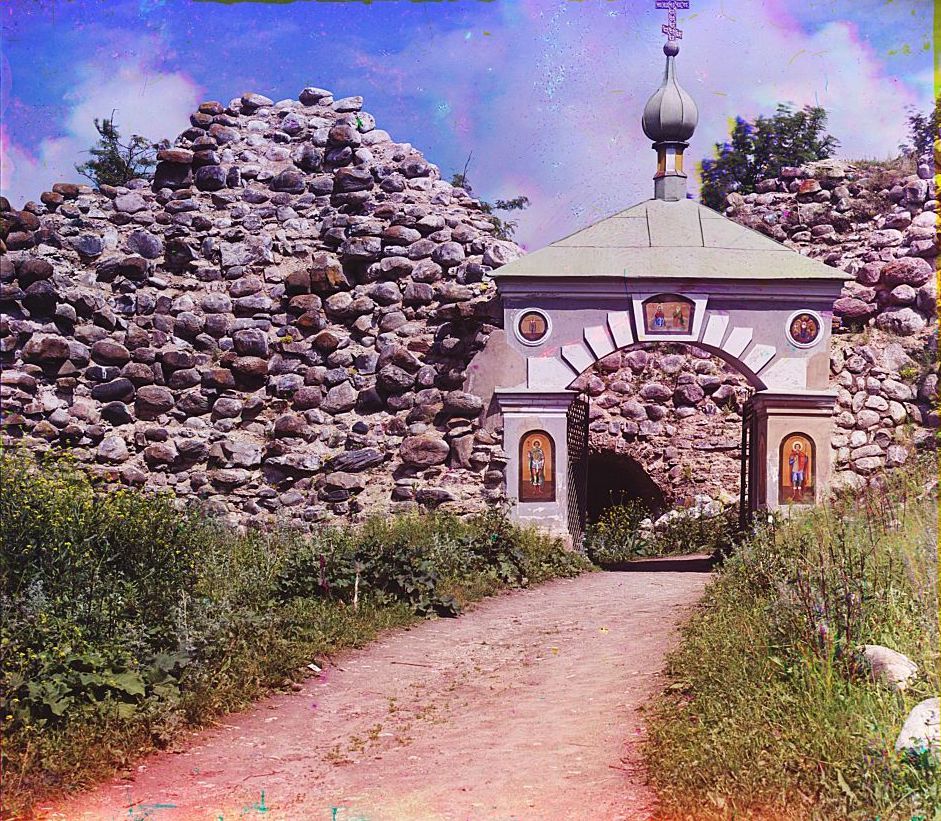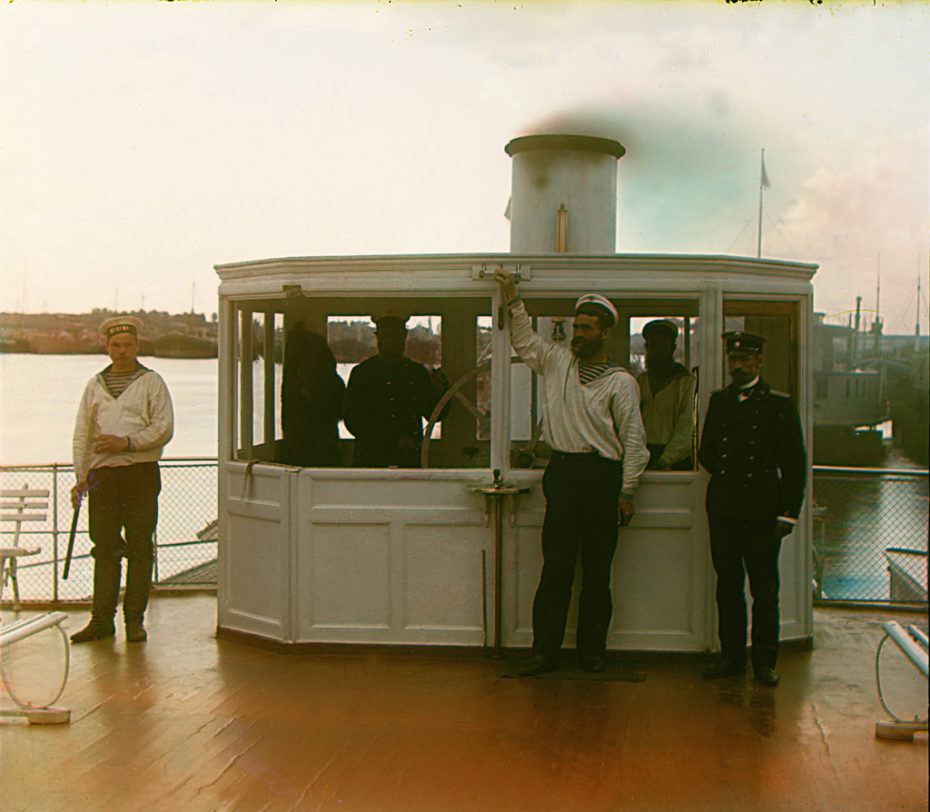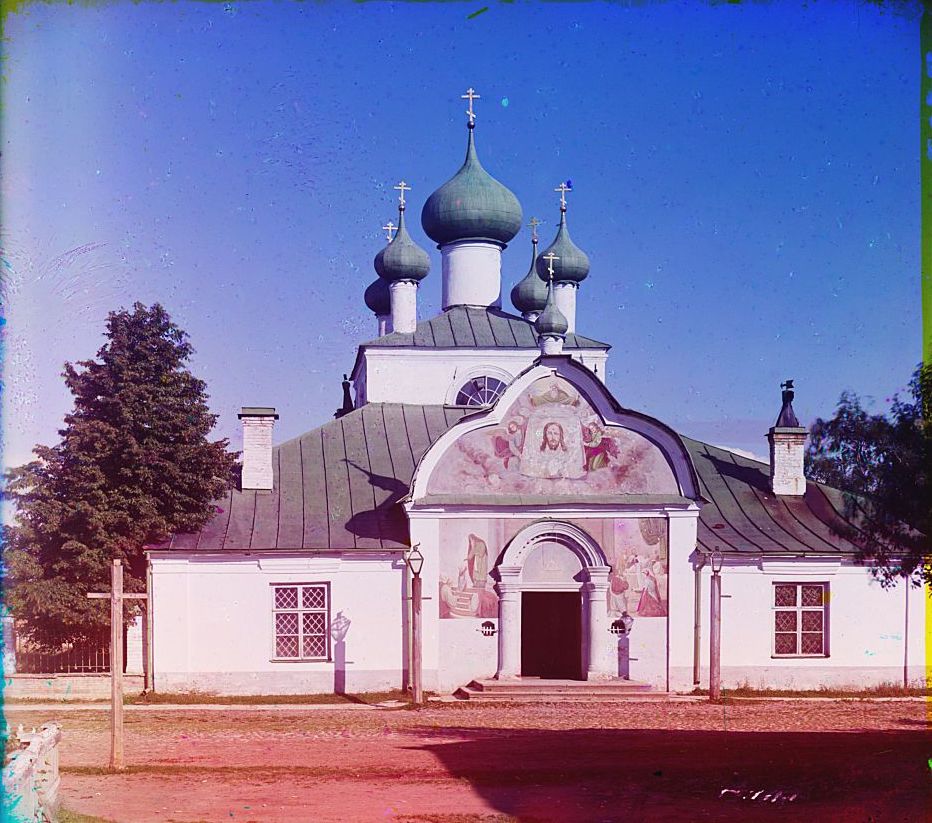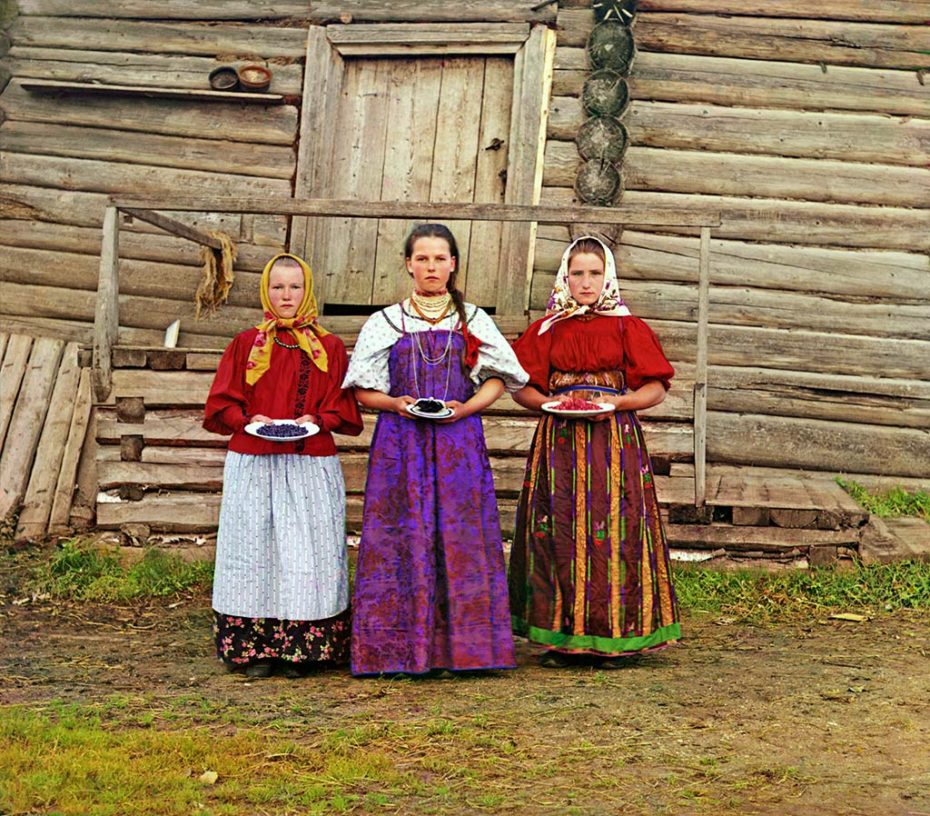[Most Recent Entries] [Calendar View]
Friday, September 6th, 2024
| Time | Event |
| 5:53a | Bringing Tsarist Russia to Life: Vivid Color Images from 1905–1915
History escapes us. Events that changed the world forever, or should have, slide out of collective memory. If we’re pointing fingers, we might point at educational systems that fail to educate, or at huge historical blind spots in mass media. Maybe another reason the recent past fades like old photographs may have to do with old photographs.
The present leaps out at us from our ubiquitous screens in vivid, high-resolution color. We are riveted to the spectacles of the moment. Perhaps if we could see history in color—or at least the small but significant sliver of it that has been photographed—we might have somewhat better historical memories. It’s only speculation, who knows? But looking at the images here makes me think so.
Although we can date color photography back as early as 1861, when physicist James Clerk Maxwell made an experimental print with color filters, the process didn’t really come into its own until the turn of the century. (It wouldn’t be until much later in the 20th century that mass-producing color photographs became feasible.) One early master of the art, Russian chemist and photographer Sergei Mikhailovich Prokudin-Gorskii, used Maxwell’s filter process and other methods to create the images you see here, dating from between 1905 and 1915.
You can see hundreds more such images—over 2000, in fact—at the Library of Congress’ collection, digitally recreated from color glass negatives for your browsing and downloading pleasure or historical research. “I don’t think I’ve ever looked at a photograph from the past and felt its subjects come alive so vividly,” writes Messy Nessy, “as if they’ve almost blinked at me, as if it were just yesterday.”
Clearly the clothing, architecture, and other markers of the past give away the age of these pictures, as does their faded quality. But imagine this latter evidence of time passed as an Instragram filter and you might feel like you could have been there, on the farms, churches, waterways, gardens, forests, city streets, and drawing rooms of Imperial Russia during the doomed last years of the Romanovs.
Several hundred of the photos in the archive aren’t in color. Prokudin-Gorskii, notes the LoC, “undertook most of his ambitious color documentary project from 1909 to 1915.” Even while traveling around photographing the countryside, he made just as many monochrome images. Because of our cultural conditioning and the way we see the world now we are bound to interpret black-and-white and sepia-toned prints as more distant and estranged.
Prokudin-Gorskii took his most famous photo, a color image of Leo Tolstoy which we’ve featured here before, in 1908. It granted him an audience with the Tsar, who afterward gave him “a specially equipped railroad-car darkroom,” Messy Nessy notes, and “two permits that granted him access to restricted areas.” After the Revolution, he fled to Paris, where he died in 1944, just one month after the city’s liberation.
His surviving photos, plates, and negatives had been stored in the basement of his Parisian apartment building until a Library of Congress researcher found and purchased them in 1948. His work in color, a novelty at the time, now strikes us in its ordinariness; an aid “for anyone who has ever found it difficult to connect with historical photographs.” Still, we might wonder, “what will they think of our photographs in a hundred years’ time?”
I suspect a hundred years from now, or maybe even 20 or 30, people will marvel at our quaint, primitive two-dimensional vision, while strolling around in virtual 3D recreations, maybe chatting casually with holographic, AI-endowed historical people. Maybe that technology will make it harder for the future to forget us, or maybe it will make it easier to misremember. Enter the Library of Congress Prokudin-Gorskii archive here. Related Content: Watch Scenes from Czarist Moscow Vividly Restored with Artificial Intelligence (May 1896) The History of Russia in 70,000 Photos: New Photo Archive Presents Russian History from 1860 to 1999 The Only Color Picture of Tolstoy, Taken by Photography Pioneer Sergey Prokudin-Gorsky (1908) Josh Jones is a writer and musician based in Durham, NC. Follow him at @jdmagness |
| 9:00a | How 2001: A Space Odyssey Became “the Hardest Film Kubrick Ever Made” Stanley Kubrick’s 2001: A Space Odyssey has been praised in all manner of terms since it came out more than half a century ago. An early advertising campaign, tapping into the enthusiasm of the contemporary counterculture, called it “the ultimate trip”; in the equivalently trendy parlance of the twenty-twenties, one could say that it “goes hard,” in that it takes no few bold, even unprecedented aesthetic and dramatic turns. The new video essay from Just One More Thing even describes 2001 as “the hardest film Kubrick ever made” — which, given Kubrick’s uncompromising ambitions as a filmmaker, is certainly saying something. In one of the many interview clips that constitute the video’s 23 minutes, Steven Spielberg recalls his conversations with Kubrick in the last years of the master’s life. “I want to make a movie that changes the form,” Kubrick would often say to Spielberg. Arguably, he’d already done so with 2001, which continues to launch its first-time viewers into an experience unlike any they’ve had with a movie before. Unlike the more substance-inclined members of his generation, Spielberg went into the theater “clean as a whistle,” but “came out of there altered” nevertheless. It didn’t require drugs to appreciate after all; “that film was the drug.” This isn’t to say that 2001 is purely or even primarily an abstract work of cinema. In collaboration with Arthur C. Clarke, Kubrick put a great deal of technical thought into the film’s vision of the future, with its well-appointed space stations, its artificially intelligent computers, its video calls, and its tablet-like mobile devices. Working in the years before the moon landing, says Stanley Kubrick: The Complete Films author Paul Duncan, they “had to completely visualize, and make real, things that had never occurred.” Such was the realism of their speculative work (up to and including imagining how Earth would look from space) that, as Roger Ebert notes, the real Apollo 11 astronauts could describe their experience simply: “It was like 2001.” Conceived in the heat of the Space Race, the film envisions a great deal that didn’t come to pass by the eponymous year — and indeed, has yet to materialize still today. “We haven’t quite gotten to artificial intelligence as portrayed,” says star Keir Dullea in a 50th-anniversary interview. “Almost, but not quite.” Still, even since then, the technology has come far enough along that few of us can ponder the current state of AI without sooner or later hearing the ominously polite voice of HAL somewhere in the back of our minds. The saga of astronauts currently stranded on the International Space Station does contrast harshly with 2001’s visions of stable and well-functioning life in outer space — but as a story, it might well have appealed to Kubrick in his Dr. Strangelove mode. Related content: 1966 Film Explores the Making of Kubrick’s 2001: A Space Odyssey (and Our High-Tech Future) How Stanley Kubrick Made 2001: A Space Odyssey: A Seven-Part Video Essay Discover the Life & Work of Stanley Kubrick in a Sweeping Three-Hour Video Essay How Stanley Kubrick Became Stanley Kubrick: A Short Documentary Narrated by the Filmmaker Did Stanley Kubrick Invent the iPad in 2001: A Space Odyssey? Based in Seoul, Colin Marshall writes and broadcasts on cities, language, and culture. His projects include the Substack newsletter Books on Cities and the book The Stateless City: a Walk through 21st-Century Los Angeles. Follow him on Twitter at @colinmarshall or on Facebook. |
| << Previous Day |
2024/09/06 [Calendar] |
Next Day >> |
